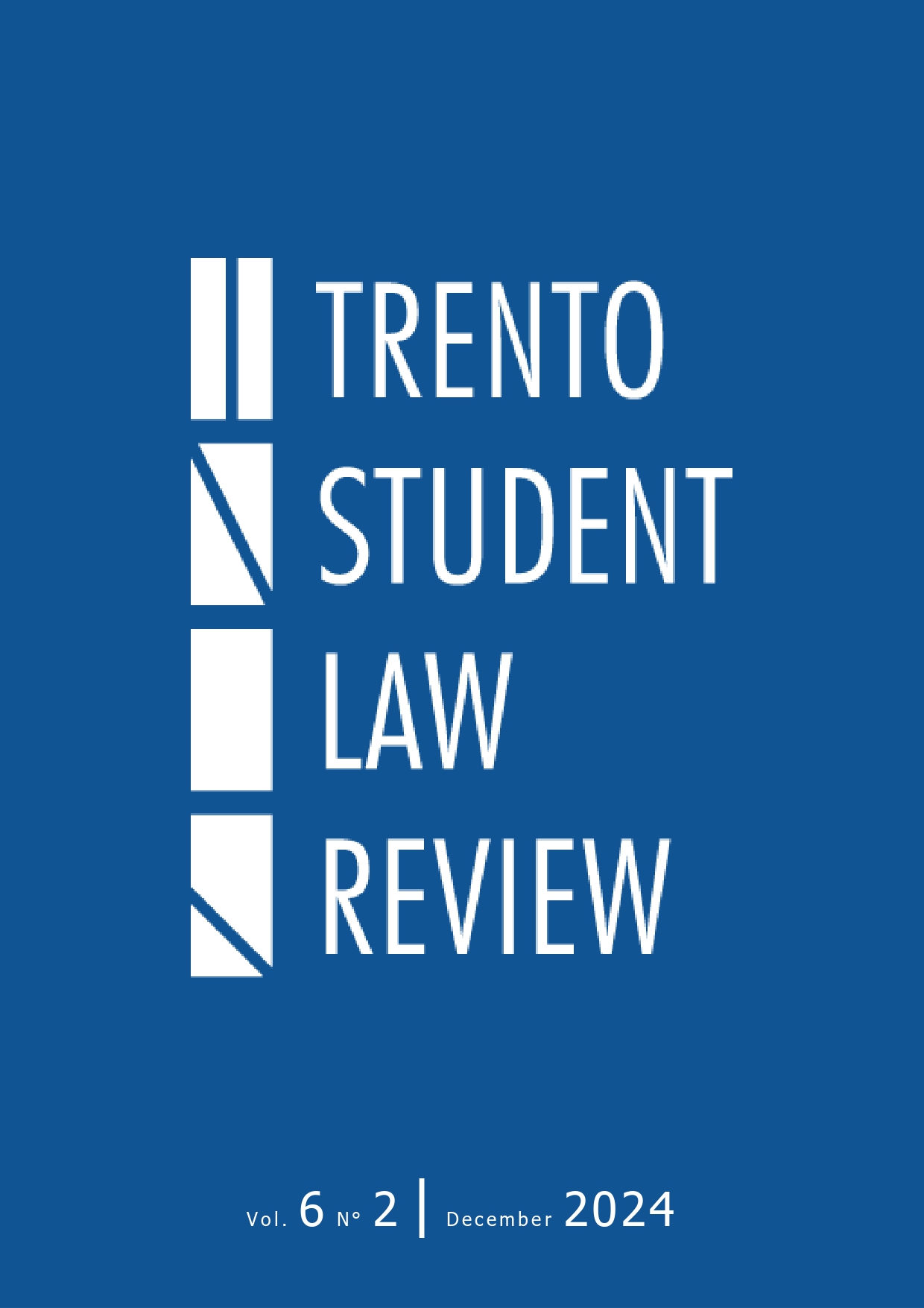Juveniles Neuronal Development and Criminal Justice
When Neurosciences meet Criminal Law
Parole chiave:
Criminal Law, Juvaniles, Fairness of Judgment, Death Penalty, NeurosciencesAbstract
This paper delves into the deepest and most relevant intersections between juveniles brain development and Criminal Law. It aims to understand and analyze current neuroscientific revelations pertaining to brain development in young adults, and how these same findings have impacted jurisdictions and legislations’ ways of handling the sentencing of younger individuals. Furthermore this article supports its arguments mainly on the basis of the most current and detailed neuroscientific research, focusing on the neuronal changes interesting adolescents’ brains, particularly focusing on the process of myelination, and the effects on behavioral patterns, such as an increase in explorative conducts and a generally diminished perception of danger. Key judicial rulings, such as the ones held in Roper v. Simmons (543 U.S. 551, 2005), Atkins v. Virginia (536 U.S. 304, 2002), and Miller v. Alabama (567 U.S. 460, 2012) are then examined to demonstrate how the U.S. judicial system has started to recognize the objectively diminished culpability in minors. Finally, the paper illustrates potential Italian Criminal Law flaws on the grounds of youth culpability via a comparative approach, moreover taking into account recent successful legislative innovations.
##submission.downloads##
Pubblicato
Come citare
Fascicolo
Sezione
Licenza
Copyright (c) 2025 Nicolò Cappuccitti

Questo lavoro è fornito con la licenza Creative Commons Attribuzione - Non commerciale - Condividi allo stesso modo 4.0 Internazionale.
Il diritto d'autore sui testi pubblicati nella Trento Student Law Review resta in capo ai rispettivi titolari. La rivista consente agli autori di mantenere i pieni diritti di pubblicazione.
La Trento Student Law Review è distribuita con una licenza Creative Commons Attribuzione - Non commerciale - Condividi allo stesso modo 4.0 Internazionale (CC BY-NC-SA 4.0).





